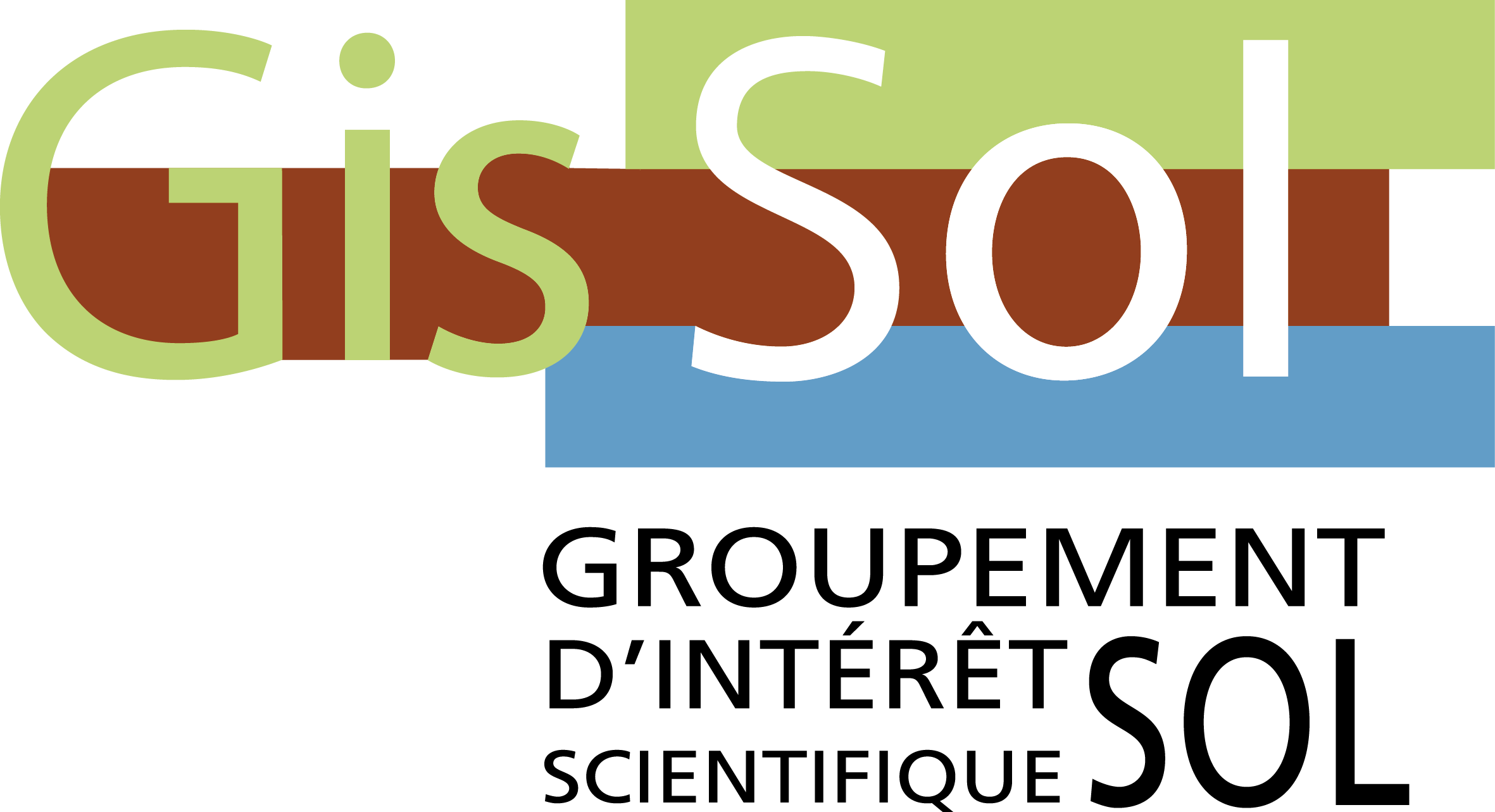Integrating additional spectroscopically inferred soil data improves the accuracy of digital soil mapping
Résumé
Digital soil mapping has been increasingly advocated as an efficient approach to deliver fine-resolution and up-to-date soil information in evaluating soil ecosystem services. Considering the great spatial heterogeneity of soils, it is widely recognized that more representative soil observations are needed for better capturing the soil spatial variation and thus to increase the accuracy of digital soil maps. In reality, the budget for the field work and soil laboratory analysis is commonly limited due to its high cost and low efficiency. In the last two decades, being an alternative to wet chemistry, soil spectroscopy, such as visible-near infrared (Vis-NIR), mid-infrared (MIR) spectroscopy has been developed in measuring soil information in a rapid and cost-effective manner and thus enable to collect more soil information for digital soil mapping (DSM). However, spectroscopically inferred (SI) data are subject to higher uncertainties than reference laboratory analysis. Many DSM practices integrated SI data with soil observations into spatial modelling while few studies addressed the key question that whether these non-errorless soil data improve map accuracy in DSM. In this study, French Soil Monitoring Network (RMQS) and Land Use and Coverage Area frame Survey Soil (LUCAS Soil) datasets were used to evaluate the potential of SI data from Vis-NIR and MIR in digital mapping of soil properties (i.e. soil organic carbon, clay, and pH) at a national scale. Cubist and quantile regression forests were used for spectral predictive modelling and DSM modelling, respectively. For both RMQS and LUCAS Soil dataset, different scenarios regarding varying proportions of SI data and laboratory observations were tested for spectral predictive models and DSM models. Repeated (50 times) external validation suggested that adding additional SI data can improve the performance of DSM models regardless of soil properties (gain of R2 proportion at 3–19%) when the laboratory observations are limited (≤50%). Lower proportion of SI data used in DSM model and higher accuracy of spectral predictive models led to greater improvement of DSM. Our results also showed that a greater proportion of SI data lowered the prediction intervals which may result in an underestimation of prediction uncertainty. The determination of accuracy threshold on SI data for the use in DSM needs to be explored in future studies.
Origine : Fichiers éditeurs autorisés sur une archive ouverte
licence : CC BY - Paternité
licence : CC BY - Paternité



